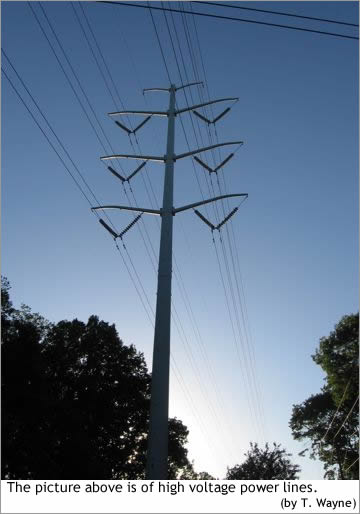 In a circuit made of a battery and a MP3 player. The battery powers the MP3 player. Charges carry energy to the MP3 player. When they return to the other side of the battery with less energy it is obvious where much of the power went. It went in to making music play through the headphones and reading the music from a computer chip and powering the buttons and lights you pressed to select the song. And a little bit went into heating up the device. This last energy is a thermal energy loss. In a circuit made of a battery and a MP3 player. The battery powers the MP3 player. Charges carry energy to the MP3 player. When they return to the other side of the battery with less energy it is obvious where much of the power went. It went in to making music play through the headphones and reading the music from a computer chip and powering the buttons and lights you pressed to select the song. And a little bit went into heating up the device. This last energy is a thermal energy loss.
Ohmic devices lose nearly all of their energy in form of thermal energy. When the power is calculated for any of these devices it is radiated as thermal energy. It is wasted energy -unless you are cooking or heating up a space.
The electric company is well aware of the power losses when transmitting power along high tension power lines. Suppose the electric company wants to deliver 500,000 Watts of power to your community. On one end of the line they put 500,000 Watts of power into the wires. They need make sure the most of that power gets to the other end and is not lost in heating up the wires.
The wires have a resistance in them that is constant. The electric company can control the amount of voltage and current they put into the lines. By putting in the energy as a high voltage, like 500,000 Volts the current would 1 Amp. The dissipated in wires is calculated according to the equation below. (Any equation would work for calculating power, but this one has only current and resistance in it.)

Since the current is squared and multiplied by the wire's resistance, if the current is reduced then the thermal energy losses in the power lines are minimalized. If 1 volt was put through the power line, then to get the same 500,000 W of power the current world have to be 500,000 A. This large amount of a current would probably cause the wires to glow! ...and they would have to be considerably shorter than they are. |